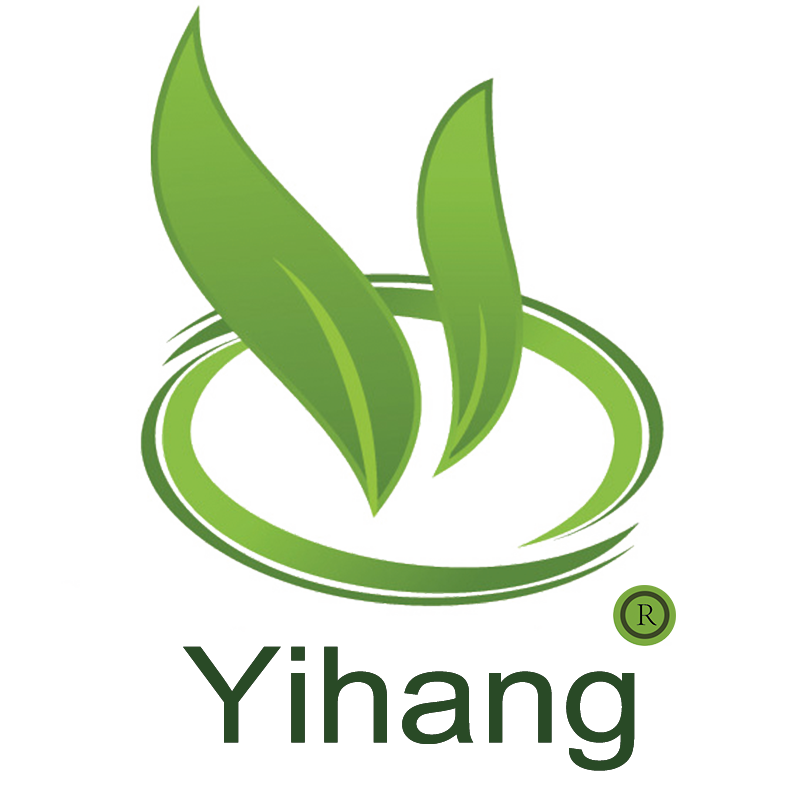Coal - based activated carbon: advantages in high - temperature applications
Superior Thermal Stability in Demanding Environments
Industrial processes that involve high temperatures are quite challenging. They demand materials that can hold up well under extreme heat. Coal - based activated carbon is a real standout in this regard. It has an outstanding ability to resist heat, and this is because of its unique graphitic microstructure. This microstructure forms when the coal goes through a carefully controlled carbonization process. Thanks to this crystalline arrangement, coal - based activated carbon can perform consistently in applications where the temperature soars above 400°C. In contrast, many other organic adsorbents start to break down in such high - heat conditions. Industrial workers really appreciate this stability. For example, in flue gas treatment systems, which clean the gases coming out of industrial chimneys, and in catalytic processes where temperature changes are normal, the stability of coal - based activated carbon helps to keep the filtration process running smoothly.

Enhanced Adsorption Efficiency at Elevated Temperatures
We've just seen how coal - based activated carbon is great at withstanding high temperatures. Now, let's look at how it performs in terms of adsorption at these elevated temperatures. Biomass - derived activated carbons have a hard time maintaining their adsorption capacity when under thermal stress. But coal - based activated carbon is different. It can preserve its ability to soak up substances due to its well - developed pore structure. Advanced activation methods are used to create a special hierarchical pore network in coal - based activated carbon. This network combines tiny microporous active sites with larger mesoporous channels. These channels are like efficient highways for molecules, allowing them to move around quickly. This kind of architecture is extremely important in vapor - phase applications, such as syngas purification. When the temperature is high, contaminants are less likely to condense, and their diffusion rates increase. Also, coal - based activated carbon has a natural resistance to thermal oxidation. This means it can keep working well even in environments where the temperature cycles up and down.
Cost - Effective Regeneration Capabilities
We've covered the thermal stability and adsorption efficiency of coal - based activated carbon. Now, let's talk about its cost - effectiveness, especially in high - heat situations. One of the things that makes coal - based activated carbon stand out from other adsorbents is its thermal regeneration efficiency. Its sturdy structure can endure multiple reactivation cycles. Usually, steam or controlled combustion is used for reactivation. After these processes, it can get back up to 95% of its original adsorption capacity. This is a huge advantage as it cuts down on long - term operational costs. Take, for example, solvent recovery systems, where solvents are retrieved for reuse, and mercury removal from combustion gases. In these applications, the durability of coal - based activated carbon is very useful. Plant managers have found that when using coal - based activated carbon in rotating thermal oxidizers and similar high - temperature regeneration equipment, it lasts 30 - 50% longer compared to coconut shell - based activated carbon.
Critical Applications in Thermal Industrial Processes
Cost - effectiveness is a big plus, but where exactly is coal - based activated carbon used in thermal industrial processes? There are several industrial sectors that really benefit from its heat - resistant properties. In steel manufacturing, coke ovens emit polycyclic aromatic hydrocarbons (PAHs). Coal - based activated carbon can remove these harmful substances without its pores collapsing, even at high temperatures. Chemical plants use it in phosgene synthesis reactors, where the temperature can go above 300°C. The stability of coal - based activated carbon is crucial in these reactors. Energy producers also rely on it in hot gas cleanup systems for integrated gasification combined cycle (IGCC) plants. Here, it can capture sulfur and mercury more effectively. All these applications show that coal - based activated carbon plays a vital role in helping industries meet strict emissions regulations while still keeping their processes efficient.

Optimizing Selection for High - Temperature Use
We've seen the various applications of coal - based activated carbon in high - temperature industrial processes. But how do you pick the right type? Well, there are a few things to keep in mind. First, you need to know about the ash content. Low - ash formulations, with less than 5% ash, are better because they prevent catalytic oxidation at high temperatures. The size of the particles also matters. Granules that are 4 - 6mm in size are a good choice. They strike a balance between how well the carbon can adsorb substances and the pressure drop in packed beds. Also, the activation method makes a difference. Steam - activated coal - based activated carbon is more resistant to thermal changes than chemically activated versions, especially in cyclic heating applications. If you choose the right coal - based activated carbon according to the specific temperature conditions and the amount of contaminants in your process, you can boost the efficiency of your system by 20 - 40% compared to using a more general type of activated carbon.

 EN
EN



























